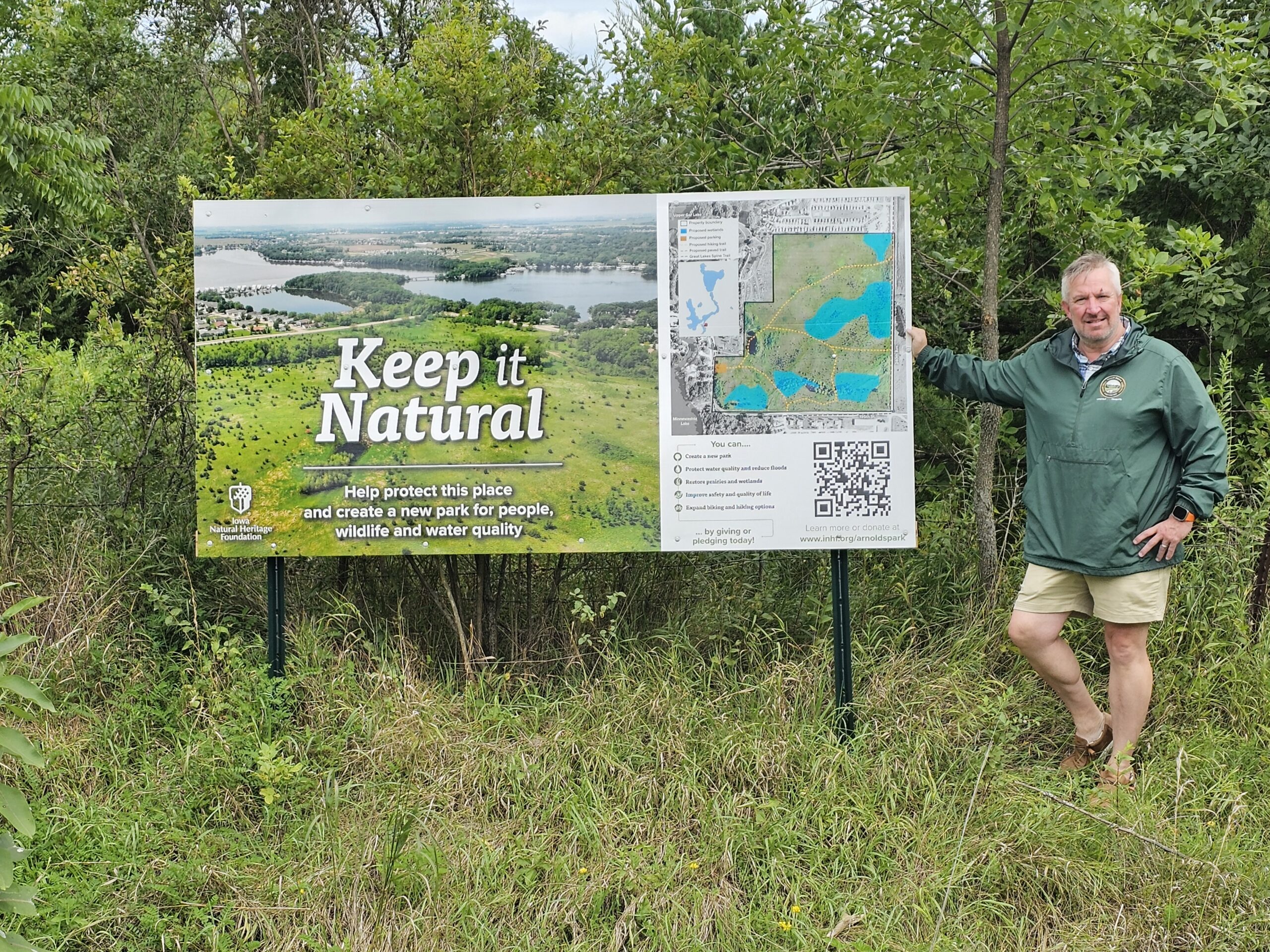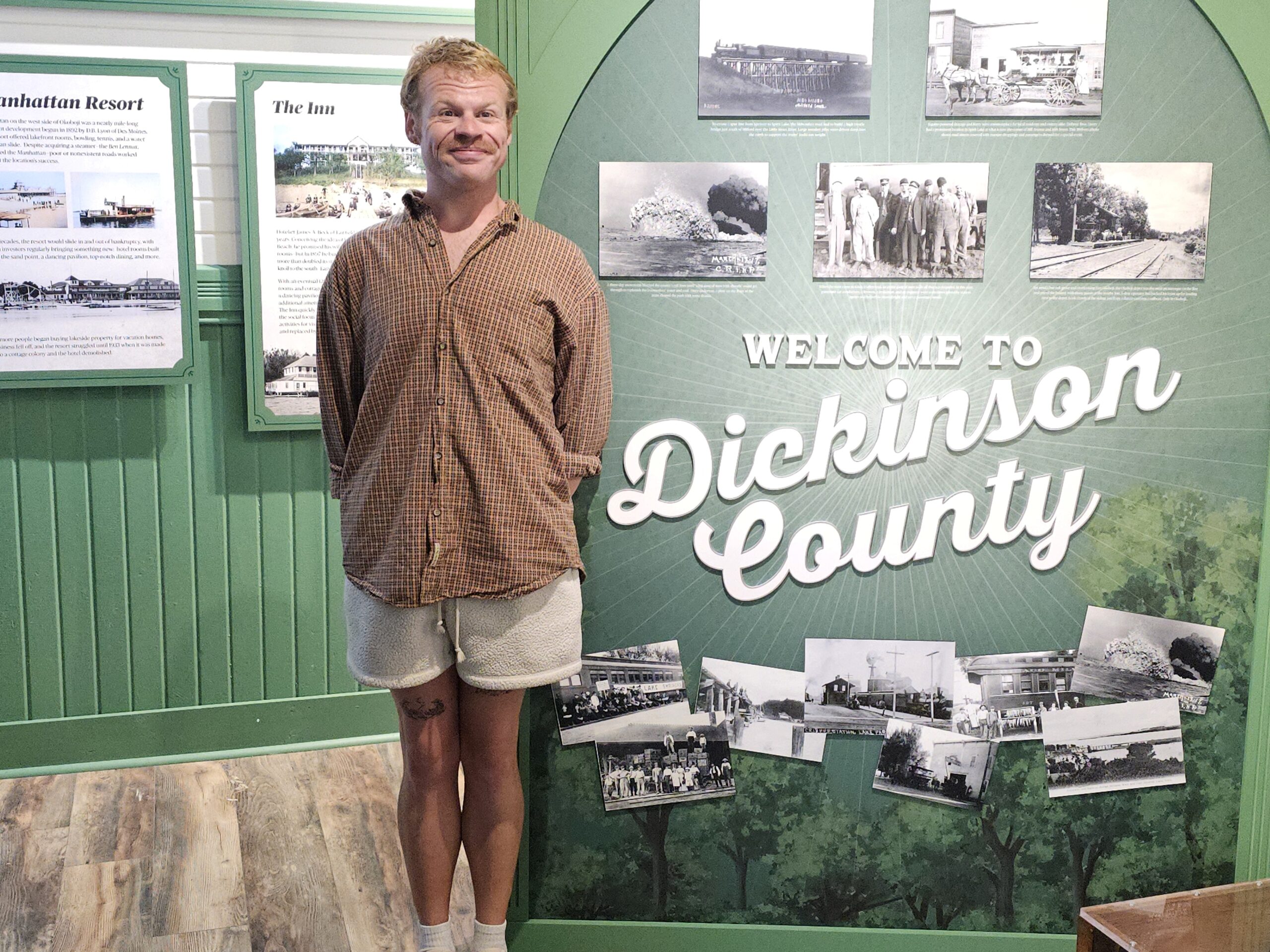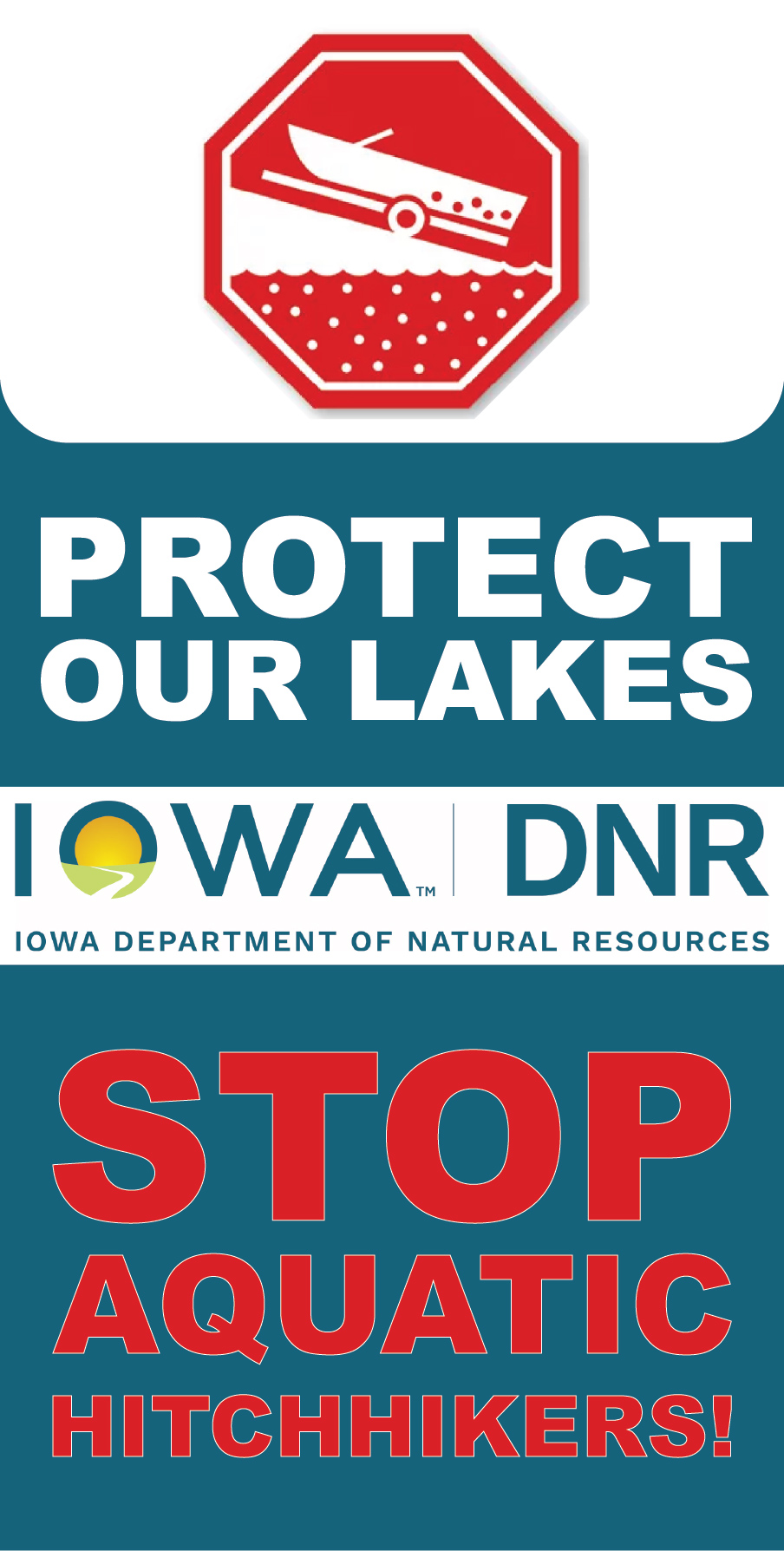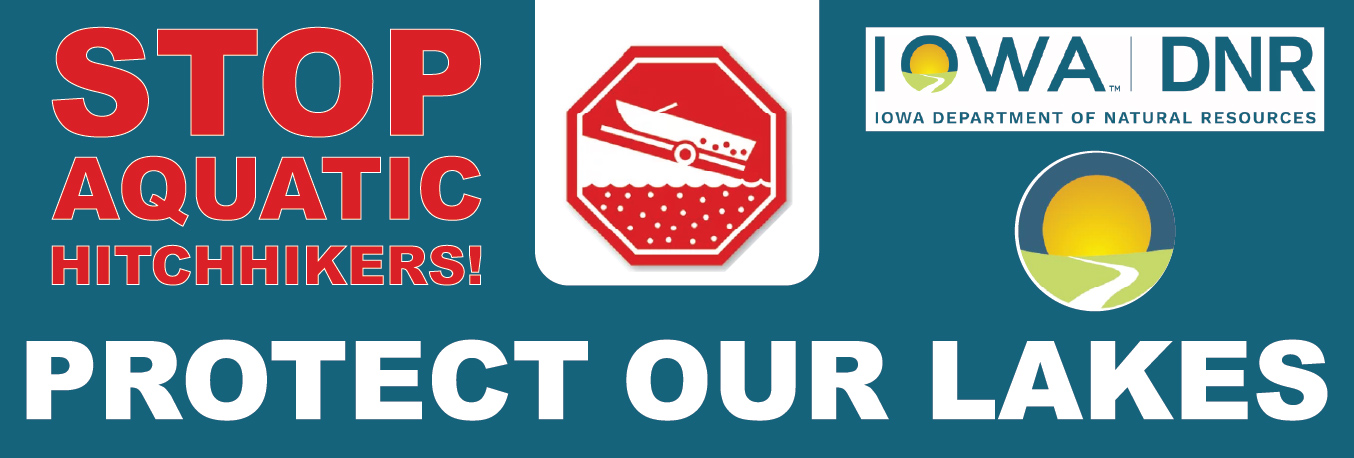Mike Hawkins, a Fisheries Biologist with the Iowa Department of Natural Resources, was a keynote speaker for the event. He tells KUOO news results from the most recent sampling taken yesterday (Wed.) won’t be known yet for a few days…(click here for comment.)
“Those samples will be processed down in Boone at our research center and those results should be available next week at some point.”
Hawkins says sampling for the presence of the larval form of zebra mussels have been stepped up this summer. He says the results from sampling done in June came back clear with one exception…(click here for comment.) “Yeah, so the June sample that was taken in early June indicated that all the lakes were clear for veligers except for East Okoboji. East Okoboji we did find for larval veligers in that sample which is actually a very small number when compared to other lakes that have zebra mussels. But it is an indication that there may be some natural reproduction occuring on that lake or somewhere in that chain. As water temperatures come up, especially in July and August samples, that will be more indicative of what we might expect to come.”
Hawkins adds that so far, a stepped up inspection of boats at lakes area boat ramps this summer has turned up no evidence of zebra mussels or larvae on watercraft being launched into the lakes…(click here for comment.) “And that’s kind of a point that is good to make. The zebra mussel, typically it is not the adults that is transported. We’re looking for adults because that can happen, it can be on the outdrives, on the hulls of boats and we’re taking a look for those. But really it’s the microscopic larvae of zebra mussels that transported in bilg water, in livewell water, in a ballast tank on a ski boat. Those are the places where these critters can hide and very hard to detect. Really the only preventative measure there is to make sure those areas are clear and dry, have been able to stand and dry in the sun or have been power washed or something has been used to kill that organism so. What we’re looking for are boats that maybe have some water in the bliges, water in the livewell, and we’re asking those owners then to either disinfect that or get that water removed from those areas.”
Hawkins added inspectors at those boat ramps are also looking for evidence of other forms of aquatic invasive species…not just for evidence of zebra mussels…(click here for comment.) “We’re looking for aquatic plants like eurasian watermilfoil and brittle niad, things that maybe aren’t as readily identifiable by the general public, our inspectors are looking for those things. We do have infestations of those close as well. And then there’s other plants that are coming up out of the southeast United States…other plants and fish. And we’re going to be dealing with those in the coming years. So all these same techniques for stopping zebra mussels, they work for these other species as well. So we need to continue the program, continue doing what we’re doing, and really thank the local community here for stepping up and providing funding and providing leadership for these important projects and working with the department on this.”
A representative of Milford Municipal Utilities was also on hand at this morning’s meeting informing the public on steps that utility and others that pump drinking water from the Iowa Great Lakes are doing and planning to do to address the issue. Zebra mussels have been known to clog water intakes in areas that are heavily infested with them.




















